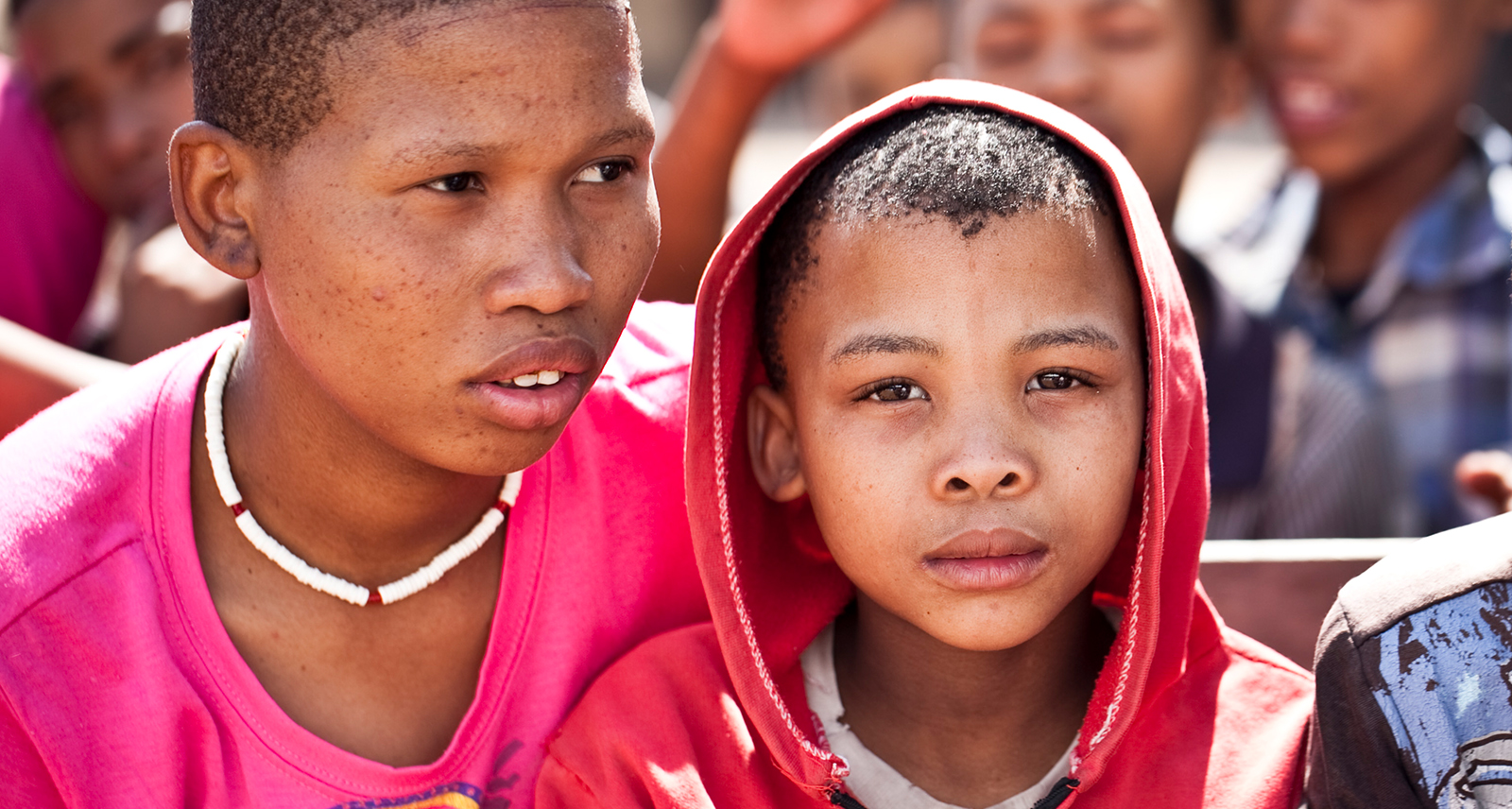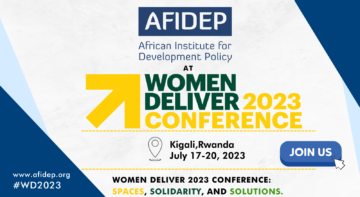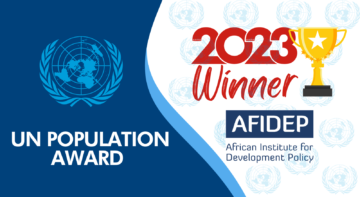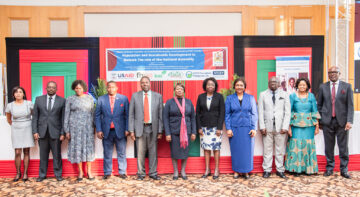Blogs

The conventional narrative of high fertility and high child dependency in Africa is one that does not apply to Botswana. Due to a transition to smaller family sizes over the last few decades, Botswana’s age structure has shifted and today, close to two-thirds of the population is between the working ages of 15-64 years (the average number of children per woman has reduced from 6 in the 1960 to 2.9 today). In fact, findings from a recent study reveal that as a result Botswana has been harnessing the demographic dividend since at least 1990.
The demographic dividend refers to the temporary economic benefit that can arise from a significant increase in the ratio of working-age adults relative to young dependents that results from fertility decline – if this change is accompanied by sustained investments in education and skills development, health, job creation and good governance.
The study results estimate the cumulative boost in living standards from the demographic dividend between 1990 and 2060 at 36%. Of this, 24% has already been accumulated between 1990 and 2015, while an additional boost of 12% could be earned between 2015 and 2060. Additionally, the window of opportunity to maximise the demographic dividend has already peaked yet diminishing returns can be earned through to at least 2050.
The results are contained in a study report entitled Opportunities and Policy Actions to Maximise the Demographic Dividend in Botswana launched today by Botswana’s Vice President Hon. Mokgweetsi Masisi. This study was commissioned by the Government of Botswana and supported by UNFPA Botswana and the East and Southern Africa Regional Office (ESARO). The African Institute for Development Policy (AFIDEP) in collaboration with the Development Policy Research Unit (DPRU) and supported by the University of Botswana led the technical analysis.
Is the country is living beyond its means?
The study revealed that young Batswana remain dependent until the age of 32, when they start producing more than they consume. This is a reflection of high levels of unemployment and underemployment of youth and young people below the age of 35. Three to four out of every ten Batswana in this age group are unemployed. The findings challenge the common view that young people get jobs and stop being dependent at much earlier ages in their early or mid-20s.
Furthermore, the country has a uniquely high level of consumption that has produced a huge deficit between consumption and labour income. Batswana age 0 to 24 consume an equivalent of 90% of the total labour income generated in the country. This large deficit as a result of the high consumption is offset by the proceeds of the country’s finite mineral resources, particularly the diamond industry. This is probably not sustainable in the long-term, and the country must undertake key policy and investment reforms to create meaningful jobs for its youth. A related study by the World Bank estimates that Botswana to maximise its demographic dividend, it will have to generate at least 1 million new jobs by 2050.
1. What can Botswana do to maximise what is left of its first demographic dividend?
Botswana’s Vision 2036, which is the country’s long-term development strategy, seeks to graduate the country from being an upper-middle-income country to a high-income country with prosperity for all. Given that demographic change has implications for the realisation of this goal, the recommendations of this study (discussed below), if implemented, can propel the country into the “high-income and prosperity for all’ aspiration.
2. Prioritise economic reforms and investments to urgently accelerate creation of jobs and other well-paying livelihoods for the country’s youth
Botswana should enhance its diversification to away from the mining industry to sectors with a high job multiplier effects such as agriculture. In addition, the country should improve the quality of, and rebrand TVET, as an attractive route for re-skilling the thousands of out-of-school youth who did not make it to tertiary colleges. The study shows that boosting Botswana’s job creation capacity for young people could boost living standards of the population by about 20.5% between 2015 and 2035.
3. Optimise value for money to create a globally competitive skilled workforce
Although Botswana is already spending considerable resources on education, it is not getting value for money for its investment, illustrated by the under-performance of Batswana students on the quality of learning measures against global benchmarks. To address this challenge, the country requires a reform agenda that should include revamping the whole education pipeline (including early childhood education, primary school, secondary school, and tertiary colleges) to address all inequities in access and quality bottlenecks, and facilitate the strategic shift from the current knowledge-based to the competency-based curriculum.
4. Reinforce investments in health and family planning to prevent unplanned pregnancies and ensure a healthy labour force
Botswana should reinforce investment in public health to consolidate the progress it has made in improving child and maternal health outcomes and in improving the health and overall well-being of its workforce through various interventions, including the successful HIV and AIDS treatment programme. The country should reinforce health promotion to prevent lifestyles that predispose workers to non-communicable diseases and enhance the capacity of the health system to manage these and other emerging health challenges. The family planning programme should also be reinforced to prevent unplanned pregnancies, particularly among adolescent girls and youth. The evidence from this study shows that if Botswana’s birth rate remains at the current level of 3 births until 2060, the cumulative boost in living standards emanating from the demographic dividend will be 9%. However, if the country sustains or reinforces its family planning programme to prevent unplanned pregnancies, the total fertility rate will most probably decline to about 2.0 births per woman by 2050, and the demographic dividend will provide a cumulative boost to living standards by 19%.
5. Strengthen enabling factors for optimising the demographic dividend
In order to lay the foundation for Botswana to be successful in the reforms noted above, the country needs to focus on addressing challenges around governance, efficiency and accountability, gender equity and empowerment of women, environmental conservation for sustainable development, and strengthening data and evidence for performance monitoring and learning.
Botswana must take action now
This study shows that Botswana does not have the luxury of long-term planning to maximise the first demographic dividend. Therefore, the government and all development actors should act with urgency and implement game-changer interventions that will enable the country to take full advantage of the demographic dividend to achieve its long-term development aspirations (articulated in Vision 2036) to become a fully modernized, high-income country.
Read the full report here.
Related Posts





